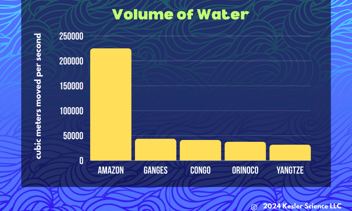Aurora borealis in Texas? - Kesler Science Weekly Phenomenon and Graph
Our little life-filled planet is pretty amazing. For one, it sits in the habitable zone, the distance from the Sun that allows water to stay liquid. It also has abundant water and much more. But there's one vital characteristic of our home planet that is super-important for supporting life: the magnetosphere.
The magnetosphere is a protective magnetic force field created by Earth's rotating iron core. If we didn't have it, all life would have been zapped out of existence many times over. What does this force field protect us from? Charged particles called coronal mass ejections, or CMEs, that shoot into space from the Sun!
If we were floating in a space station above the magnetosphere and NASA knew that a big solar flare had happened recently, they'd tell us to hunker down in a heavily fortified section of the craft and power down the electronics to prevent damage. On Earth, we don't need to hide; the magnetosphere creates a buffer between us and the charged particles blasting out from the Sun. When this energized solar wind and our magnetic shield collide, it can create a beautiful light display above the north and south poles: the auroras.
So why is it that locations that are not near the poles, like Texas and New Mexico, saw an arctic light show in October of 2024? As strange as it might sound, our Sun has its own cycles. Right now, we're in the part of the cycle of solar activity where our Sun flings off a lot of charged particles, known as Coronal Mass Ejections, or CMEs.
Does this mean you can expect to see an aurora every night? Unfortunately, no. Viewing conditions have to be right, the particles need to align with the magnetosphere, and the solar wind needs to reach us during nightfall.
The odds are still pretty good that we could see more auroras during this active solar period, though, so fingers crossed! Here's a graph showing how the CME rate changes over the course of many years:

Here are some questions I'd ask my students when sharing this graph:
💡During what years was the CME rate the lowest? How many CMEs happened during those years?
💡What is the highest number of CMEs shown on this graph? When did this occur?
💡What trends can you identify based on this graph? What could you predict about this year?



